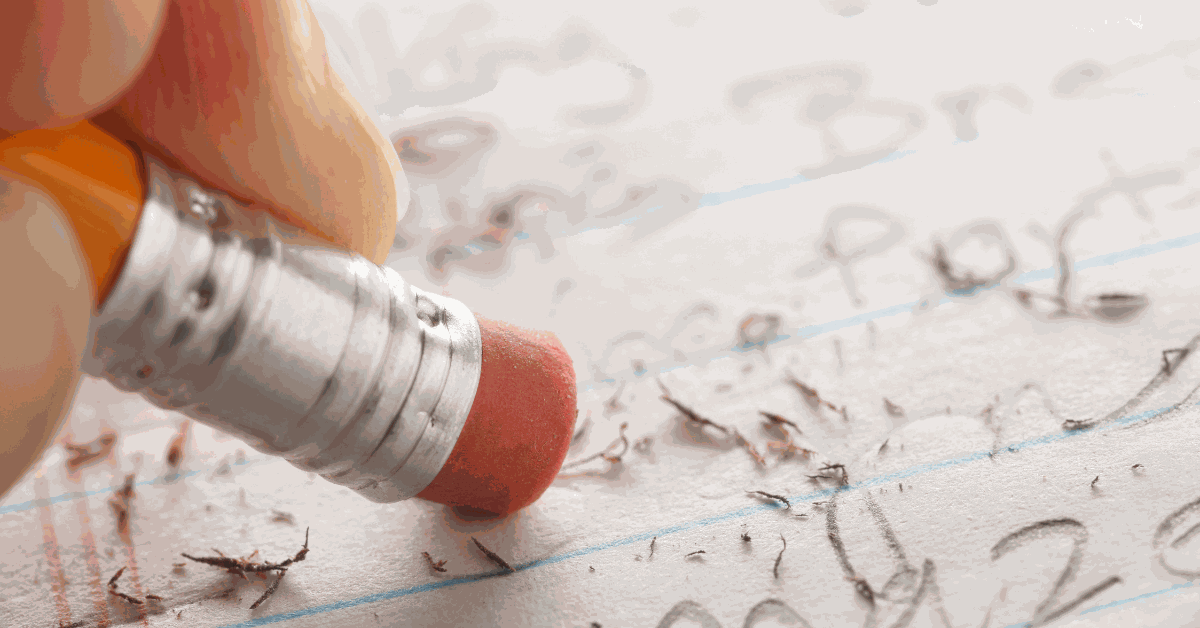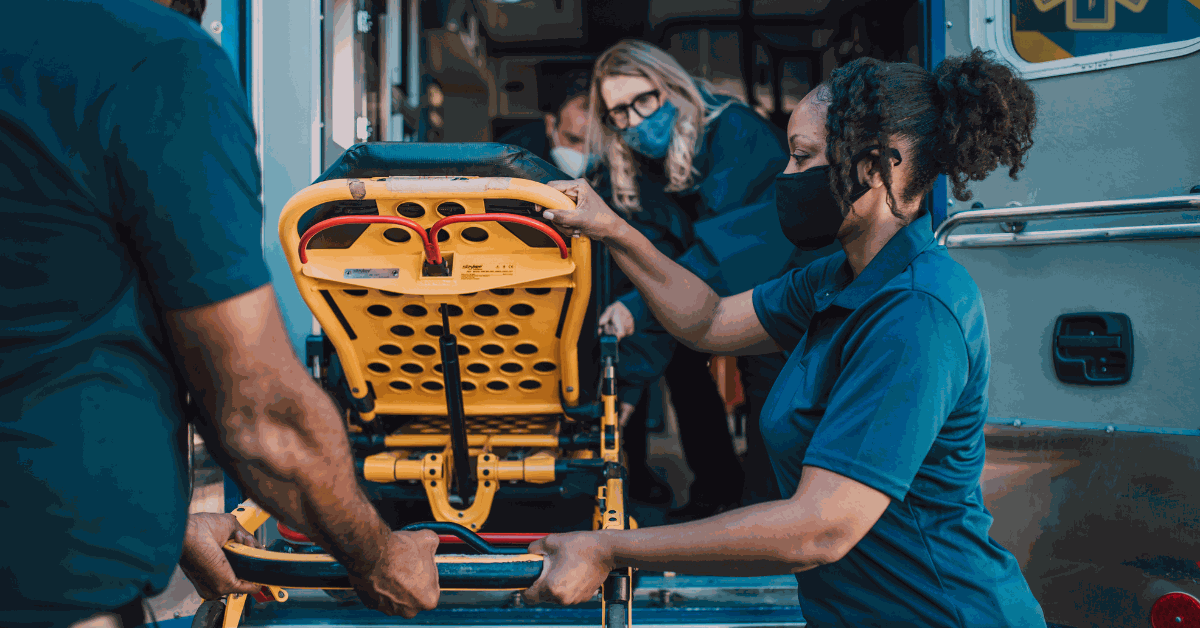In part 1 of this topic, we covered the different types of intellectual property cases and the process that jurors use to evaluate these cases. In part 2, we discussed how invalidity and infringement arguments in IP cases are perceived and the potential appearance of a self-proclaimed “expert” in the jury room. Next, we cover juror assumptions and misperceptions about IP cases.
In all IP cases, jurors must grapple with the core objective technical nuances involved in validity and infringement arguments. It is noteworthy that some of the perceptual tendencies among jurors are not, strictly speaking, faulty or erroneous per se – they may be more appropriately considered as psychological tendencies, or non-factual decision-making processes, that jurors use in determining the believability of the central claims of an IP case. Some are “quasi-factual”—i.e., partially true, or true in some circumstances but not in others. In any event, these types of themes and arguments generated by lay jurors are listed here for consideration by the litigator who must plan for the likely jury dynamics that will affect the outcome of the case:
Resistance to Invalidity
There is invariably—invariably—a substantial subset of any group of jurors that simply believes that, if a patent is granted, it must be valid—period. (Our experience suggests that this is true for 20–30 percent of any group of jurors.) The idea is that, if the United States Patent and Trademark Office gave its approval, then either it is more qualified than the jury to make this decision, or the jury simply should not be second-guessing it for a variety of other reasons. In some cases, jurors tend to believe that a patent is something like an application to the government to obtain a right, like a building permit, such that what is primarily most important is simply who gets there first. In this manner of thinking, it does not particularly matter what is previously known by others, or what has been published, or even reduced to practice. What matters is who gets to the Patent Office first, and who gets the patent. Thus, we see jurors claim that a patent is valid, regardless of what anyone else claims, says or does because the applicant applied for the patent and the Patent Office awarded it. This juror perception tendency can be especially important if the patent has been subjected to a re-examination proceeding, since jurors may then point out that “it has been looked at more than once and the examiner still said it was OK.”
“All Inventions Are Combinations of Other Things”
Jurors will occasionally argue that all inventions are necessarily combinations or compilations of ideas that preceded it and, therefore, that the existence of prior art is more or less immaterial. As a result, arguments of obviousness and anticipation can often become impotent at the jury level and prior art simply does not enter into the calculus of establishing the validity of a patent.
If It Is Not Patented, Then It Is Not Prior Art
We have run mock trial projects in which jurors were specifically instructed that, in order for a source to be considered as prior art, it need not have been patented. Some jurors, in their subsequent deliberations, nonetheless adamantly argued that there was no significant prior art because an author or inventor never obtained a patent. Thus, the existence of a patent is sometimes used by the jury as an indicator as to whether prior art truly exists, or alternatively, whether an idea or invention is substantial or significant, even when they are instructed to the contrary.
“Sweat Equity”
In cases where a defendant is arguing for invalidity based on obviousness, one fact pattern that can mitigate against the perception of obviousness is the amount of trouble and toil that the inventor experienced during the invention process. When an inventor can credibly testify as to sleepless nights of trial and error in attempting to make a device function properly, a jury is far less likely to find that an invention is obvious. As one potential feature of the testimony of the charismatic maverick plaintiff inventor, this type of testimony is one juncture of the trial that is particularly risky for corporate defendants.
Market Performance
Perceptions of whether a patent should be considered as obvious, or whether prior art should be considered as substantial or significant, are often strongly influenced by the real world market or economic impact of the related products or devices. In numerous cases, it has been observed that an idea or invention should not be considered as prior art “because he [the inventor] did not do anything with it” (i.e., put it on the market and make a profit). Similarly, an invention described by a patent-in-suit is often concluded not to be obvious if its introduction to the marketplace has generated strong profits or an increase in sales relative to products based on prior art. Perhaps most importantly, the perception of validity is often intertwined with economic issues connected with the history of licensing negotiations: If a patent has never been licensed to anyone, it is far less likely to be found as valid compared to one for which a license has been purchased by many other entities, particularly if those other entities are paying substantial sums. So, instead of using “what the Patent Office thought” as a means to infer whether an idea or invention deserves a valid patent, jurors may use the behavior of others—the market, or other licensees—to make such inferences.
Protection of the Patent
Jurors are aware that, like trade secrets, one can infer the value of something by how assiduously the owner acts to protect it. Thus, if a patent owner gives vague or late notice of infringement, jurors are less apt to find that the invention is truly valuable, or even useful. We have seen otherwise strong plaintiff cases, on patents that would otherwise be exceptionally profitable, fail completely as a result of late notice of infringement. Jurors expect holders of valuable patents to strike immediately and fight hard if there is an alleged infringer, and in the absence of such behavior by the patent holder, defendants can often secure a verdict in their favor.
Interdependence of Validity and Infringement
Many jurors are unable to see infringement and validity as separate issues, and start off their consideration of infringement interrogatories in a verdict form with the question “How can it be infringed if it’s not valid?” In practice, they often exhibit difficulty in extricating infringement and validity issues on a variety of levels. Thus, for example, if a patent has not been associated with market success (i.e., it has never been licensed or has not been embodied into a commercially successful product), or if the patent owner gives notice of infringement that is vague or delayed by a number of years, jurors are apt to doubt the patent’s “importance.” This conclusion in turn mitigates against the perception of validity, and ultimately, against the perception of infringement as well, since, if the patent is not “important,” there is no need for the defendant to resort to infringement in order to achieve its objectives. (These considerations are more apt to be relevant in the first two types of patent cases mentioned at the outset compared to the more contemporary “patent troll” litigation.) Conversely, the more arduously a patent owner fights to protect a patent, and the more licenses have been issued, the more likely it is that a patent will be perceived to be valid and even attractive to a putative infringer. In such cases, there is greater motive attributed to the alleged infringer and, therefore, an increased likelihood that the defendant will indeed be seen as infringing.
Noticeable Differences
Particularly in IP cases involving computer, technology, and entertainment media (digital; streaming; Internet of Things; etc.), jurors become overwhelmed with the technology and look for other criteria upon which to make decisions. One such “other” criterion that has been observed repeatedly is the propensity for jurors to determine infringement based on whether the consumer, or untrained eye, would notice a difference between what the patent and the accused device do or create in the final product. Thus, for example, in the area of video and digital imaging technology, we have seen jury decisions of infringement when there are substantial differences between the patent and the accused device simply because the consumer is judged to not be able to discern visibly any noticeable difference between the video image generated by each one.
Requirement of a Patent to Show No Infringement
Jurors also sometimes require the granting of a patent in order for a defendant to show it was not infringing; that is, if what a defendant is doing is truly different, then that defendant ought to have its own patent covering what it is doing. Comments such as the following are not uncommon in deliberations: “If [Defendant Company] is now doing something different, where is its patent on what it is doing that is supposedly different?” In other words, many jurors think that everything is covered by a patent somewhere. What patent covers the defendant’s technology? If the defendant can’t show the jury what patent it is using, then some jurors will conclude that it must be using the patent-in-suit.
Concludes in part 4 next week.
Be confident in achieving superior litigation outcomes. CSI has the expertise, track record, and capabilities to help you win.



